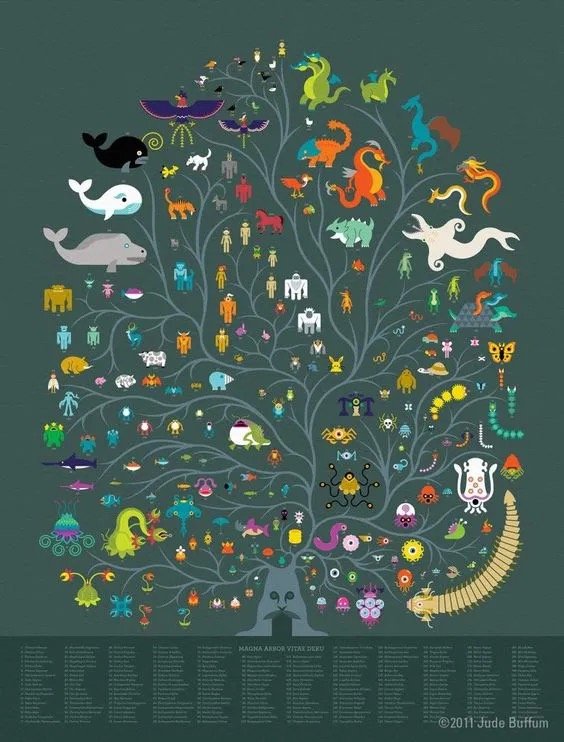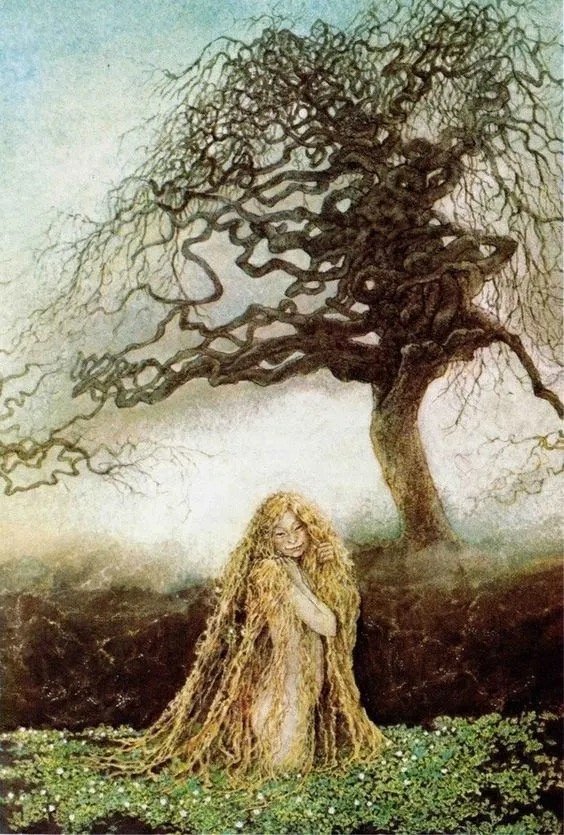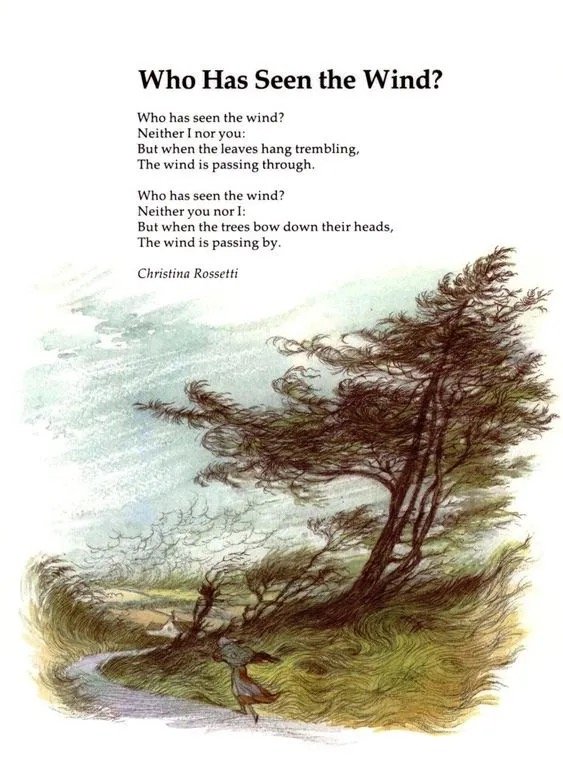Story Carrier, The Movement: Your Invitation to Join
April 17, 2024
Hello everyone. I’m so glad you are reading this piece because it contains an invitation to join Story Carrier, the Movement, a project that will help you collect and honor the stories we all carry. The stories that have been passed down in our family DNA, lodged deep in our bones and held in the dark mystery of our souls. These stories may be bits and pieces we have carried secretly. They may be story fragments shared as gossip about an ancestor. Or, they may include family tales we have never been told, but which have existed in an unformed nebulous state, waiting to be discovered and brought to life through language.
Stories are the building blocks of cultures, used by authors and other artists in movies, plays, poems, and even works of art, such as paintings, sculptures and textiles, and music. But they do more than enchant and entertain us. Stories serve a higher need, acting as spiritual, heuristic guides. Author Kurt Vonnegut says they give shape to our lives however, I believe they are more than passive tools that help us organize our existence. Stories are dynamic, and they serve as an animating essence that propels us across a lifetime. Let me say that again. Stories are an animating entity and even though we may not be aware of their presence, nor of their power, they exist like phantom beings who direct our actions and influence our values and beliefs.
As human beings, we are ideal containers of stories and, as we tell them, we activate their energy. Writer and playwright, Neil Gaiman suggests that stories are a “life-form obeying the same rules of genesis, reproduction, and propagation that organic matter does.” Gaiman explains that stories need us as much as we need them because we “are the media in which they reproduce; we are their petri dishes… “In fact, he argues that stories are “symbiotic.” The Story Carrier Movement begins at the junction of this mutual need, in the imaginary field where stories and story carriers are drawn to one another by desire. It is here that we unfold together to create an impression that outlives our existence on this planet.
An important requirement for being a story carrier is understanding how stories connect us to one another and to the universe. As human beings, we have become so focused on our singular existence that we’ve lost track of our link to the natural world. This has not only led us to tell stories from a place of superiority, but it may also be, in part, responsible for our sense of isolation and despair, which so many are experiencing at this time.
Polish psychologist and poet Olga Tokarczuk, reminds us that we are connected to other natural systems in the universe. “Our cardiovascular system is like the system of a river basin, the structure of a leaf is like a human transport system, the motion of the galaxies is like the whirl of water flowing down our washbasins. Societies develop in a similar way to colonies of bacteria.” When we are able to feel this connection, we are less vulnerable to the loneliness that exists in the world.
Human beings are not the only story carriers on this earth. Scientists believe the now-extinct Oreopithecus chimpanzee was the first to develop the capacity to imagine a story and use it as a survival tactic. They told themselves stories about how to move from tree to tree, by imagining what awaited them. Human beings use stories in very much the same way; we tell ourselves stories about what to anticipate in a dangerous world. .
When we share the stories we are carrying we contribute to what biologist and philosopher Rupert Sheldrake describes as a morphogenetic field that exists beyond the conscious mind. He describes these fields as zones of influence “that stretch out beyond the organism, like a magnetic or gravitational field.” For example, Sheldrake says, an oak seedling may be drawn to the mature oak tree, feeling a powerful connection to the mature tree. I’d like to suggest that pieces of un-developed stories may appear in the form of a longing or desire that links us to bigger stories held in the culture’s collective unconscious. Many of us feel an undeniable attraction to these larger, universal stories, even when we cannot find the words to express them.
For example, we may be particularly sensitive to the story of the vulnerability of young women, a feeling that is fueled by the myth of Persephone, the Greek goddess who was abducted by Hades. Persephone’s tale is associated with seasonal cycles and influences rites of spring. In fairy tales, this theme of the helpless young maiden is reflected in stories of young girls transitioning into adulthood, as well as the cyclical nature of seasons, and the balance between light and dark.
The idea that stories are alive and provide a vital force to our existence is not a new idea. Some indigenous groups treat stories as enduring forces that shape lives. Among the Cree of Manitoba, it is said that stories, when not being told, reside in their own villages, occasionally leaving to find a person to inhabit. (Storytelling and Wonder | Alliance for Wild Ethics.) In the Cree tradition, these narratives are active forces, which weave together the past, present, and future, connecting generations and grounding communities in their shared history. The elders, who are the keepers of wisdom, pass down these stories, ensuring their continuity and relevance.
Children are natural story carriers because, unlike adults, they have not developed an inner censor that discourages them from their natural tendency to play an active role in carrying and transmitting stories. They keep stories alive by using them to make sense of their experiences. Children connect with others through the shared language of storytelling. Although teachers do use stories to educate—such as Jesus, who taught with parables—children seem to lose the lexicon for story carrying as they progress through the education system and that skill is almost gone by the time they reach adulthood.
Would you like to write in a way that pushes you toward self-discovery and understanding? Would you like to understand how the stories you carry are keys to the inner workings that have shaped your life? If so, I’d like to invite you to join the Story Carrier Movement. It is not necessary for you to become a writer, nor to understand any complex theories. Anyone can participate in this project by learning to listen deeply to the stories that surround you, the tales that fill the hours of your day and years of your life. You can learn to listen for signs of an unfinished story that has been passed down through your family and to follow the threads back to the original story. Author Eudora Welty says, "Long before I wrote stories, I listened for stories. Listening for them is something more acute than listening to them. I suppose it’s an early form of participation in what goes on.”
The ability to listen is crucial because we cannot see stories. Just like the wind that blows seeds and sand across the planet, its presence is only seen by the sound it makes and by the impact it has. Stories are also only visible in the patterns they create in our lives.
The Story Carrier Movement will focus on the process of birthing stories, and development of skills for inviting stories to appear and unfold in our lives. My mission will be to walk alongside you to help you make stories visible in your life.
Here are several ways to begin:
Order and read my memoir, Story Carrier: A Collection of Tales of the Disappeared at Pocket Books in Lancaster, PA or through Amazon.
Follow me on my webpage.
Subscribe to my newsletter at Join the Story Carrier Community (mailchi.mp)
Follow me on Instagram
Follow me at Spiritual Directors International
Follow me on Facebook
Follow me on the National Writing Project’s Council of Writers
Watch for the publication of my workbook: Storying Silence: A Writing Workbook to Restore Your Voice & Reclaim Your Sovereignty
Watch my website for announcements about my blog, writing prompts, and upcoming writing workshops.




